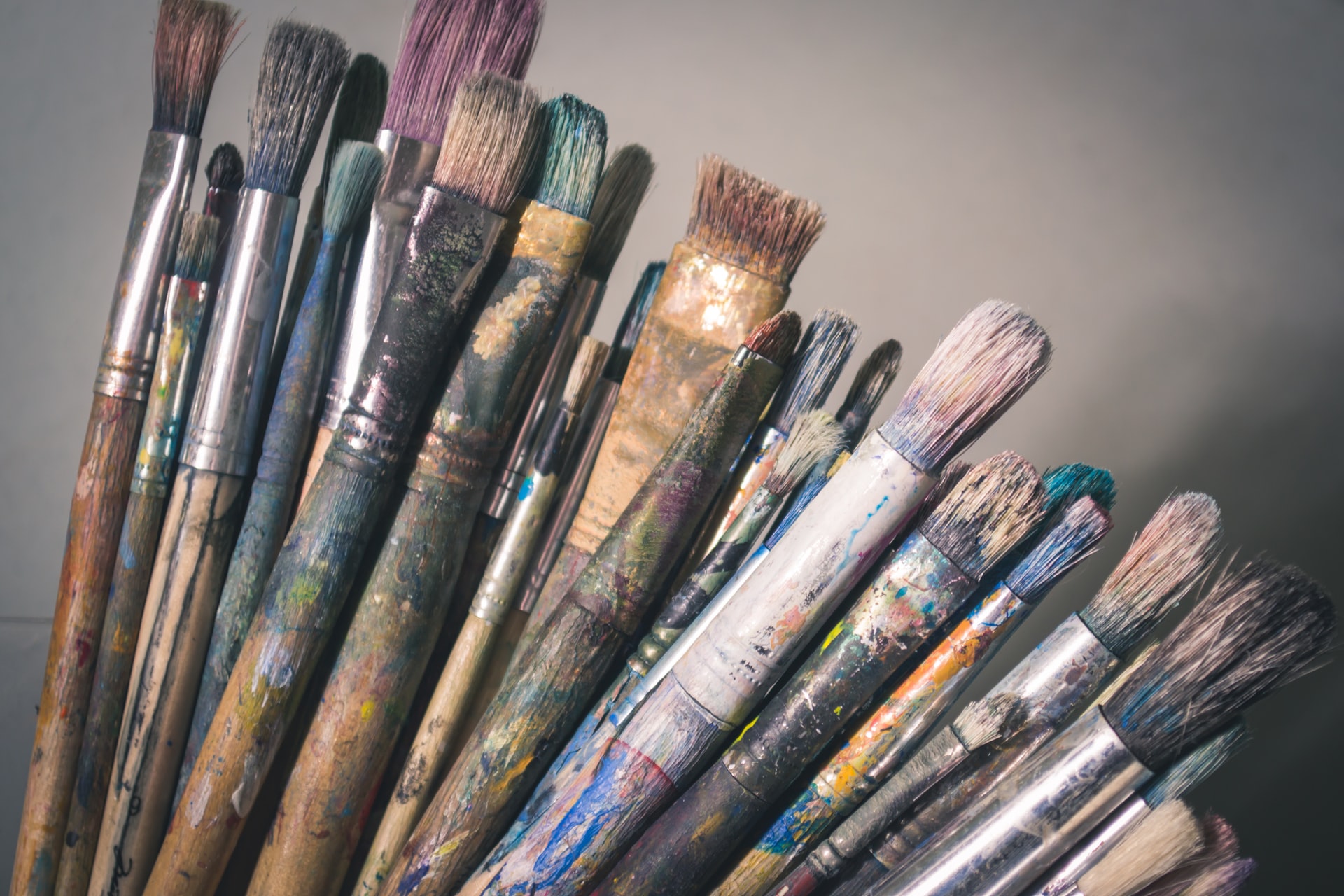Abstract
This paper explores the exhibition spaces of the Mattress Factory Art Museum (MF) in Pittsburgh, Pennsylvania through my personal and theoretical interpretations. Included are an introduction to the museum and its history and a narrative of my first visit. I examine the MF’s use of space and my sensorial experience of it, applying Michel de Certeau and Henri Lefebvre’s spatial theories. Further, I view the MF as one large installation including its connected exhibition spaces and its archi-texture (Lefebvre, 1974/1991), which is comprised of its buildings’ multiple historical functions and its immediate urban neighborhood surroundings. The MF’s spatial practices in which its artists use room-size installations with unusual forms, sounds, and lighting effects in their work immerse visitors in a multi-sensorial, interactive, often exploratory experience in which they “engage” the artworks by their perceptions and responses, and their cultural background and experience.
Keywords: Installation art, spatial practices, archi-texture, museum education
How to Cite:
Cheng, J., (2014) “The Mattress Factory Art Museum: A Personal and Theoretical Interpretation of Spatial Practices Related to Installation Art”, Journal of Cultural Research in Art Education 31(1), 89-111. doi: https://doi.org/10.2458/jcrae.4920
Downloads:
Download PDF
View PDF
803 Views
159 Downloads

